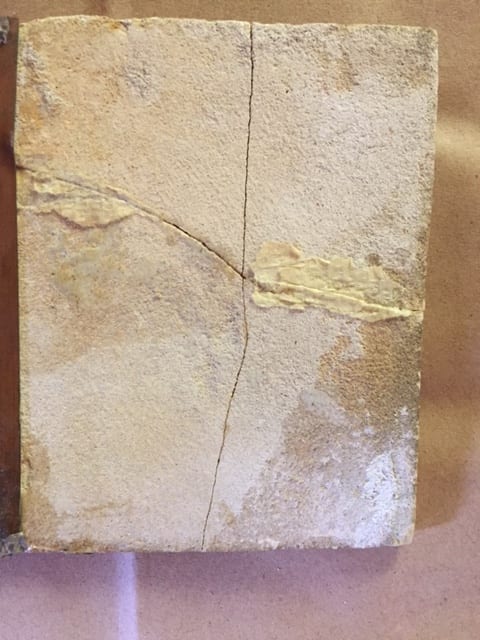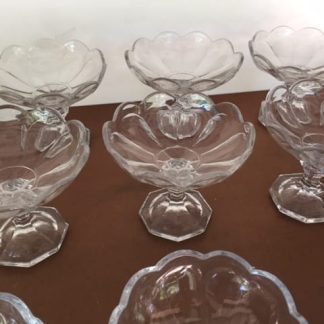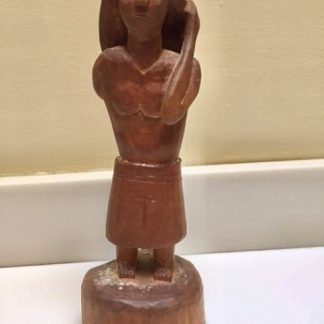Description
Dutch ornamental tiles were created in the 17th Century. The first use of wall tiles was probably in areas where dampness and dirt were worse and the earliest wall tiles were used mainly as baseboards, then other wall areas also began to be tiled… within the hearth and alongside it, on corridor walls and other places where one was likely to brush against whitewash.
At least half of the population lived in one-room dwellings and any tiles that could be afforded were restricted to baseboards. Until 1650, it was mainly the burghers of the cities in the province of Holland who tiled their living quarters.
The tremendous growth of the tile market was a function of growing prosperity in the early 16th to late 17th Century and these newly prosperous customers brought about spectacular growth in the industry. After 1600, hardly a year went by without the opening of a new tileworks.
Although Dutch tiles are commonly referred to as “Delft”, this is merely a generic designation. Although tiles were made in the town of Delft, they were also manufactured in Amsterdam, Rotterdam, Harlingen, Makkum, Haarlem, Leiden, and other Dutch towns. These tiles are in patterns of blue and white and polychrome, but also in purple and white (manganese), which were made in Rotterdam and other towns.
From the website: http://www.dutchantiquetiles.com/home.htm
Purple design (Manganese tile) measures 4″ x 5″ and clearly shows a very old repair. It is 1/4″ thick and has a copper strip across the bottom, only showing on the back. May have been part of a frame some time ago as there is a hint of a frame on the other three sides (visible in the image).
Buyer pays for shipping.






